The first time I heard high floating pianissimo (cuperto) was when I was training at the San Francisco Opera House and heard a Korean soprano sing Duparc then Ruth Ann Swenson’s “L’heure exquise”. I gravitated towards this sound since it’s a frequency that I can hear. Also I was curious. It’s easy to sing loud but very difficult to sing high and soft. It took me several years to engineer a high soft sound via a raised Flagstaff tongue. This technique from Sweden was the first pillar.
When I perform the cuperto, the audience reacts emotionally but mainstream listeners can’t take too much vibrato. To make the experience accessible, I decided to eliminate the vibrato by raising just a sliver of the soft palate but keeping 90% completely flat. A flat soft palate is how you would create a straight pop sound and this American pop technique took me several years to integrate.
High and soft without vibrato can sound sharp. To calibrate warmth, I played with the larynx and would drop it downwards and slightly expanded to the side depending on how dark I wanted the sound. This third Italian pillar took several years but created more darker shadings.
Finally I noticed that the longer I could sustain the sound, the more time listeners had to enjoy the sound. While experimenting with Spain’s Montserrat Caballe technique under water, I realized that our brain panics when it senses that the body is running out of air. Once I calmed the panic, I was able to sustain the cuperto. Chasing technique from Sweden, Italy, America and Spain created the musical experience that you enjoy today.

